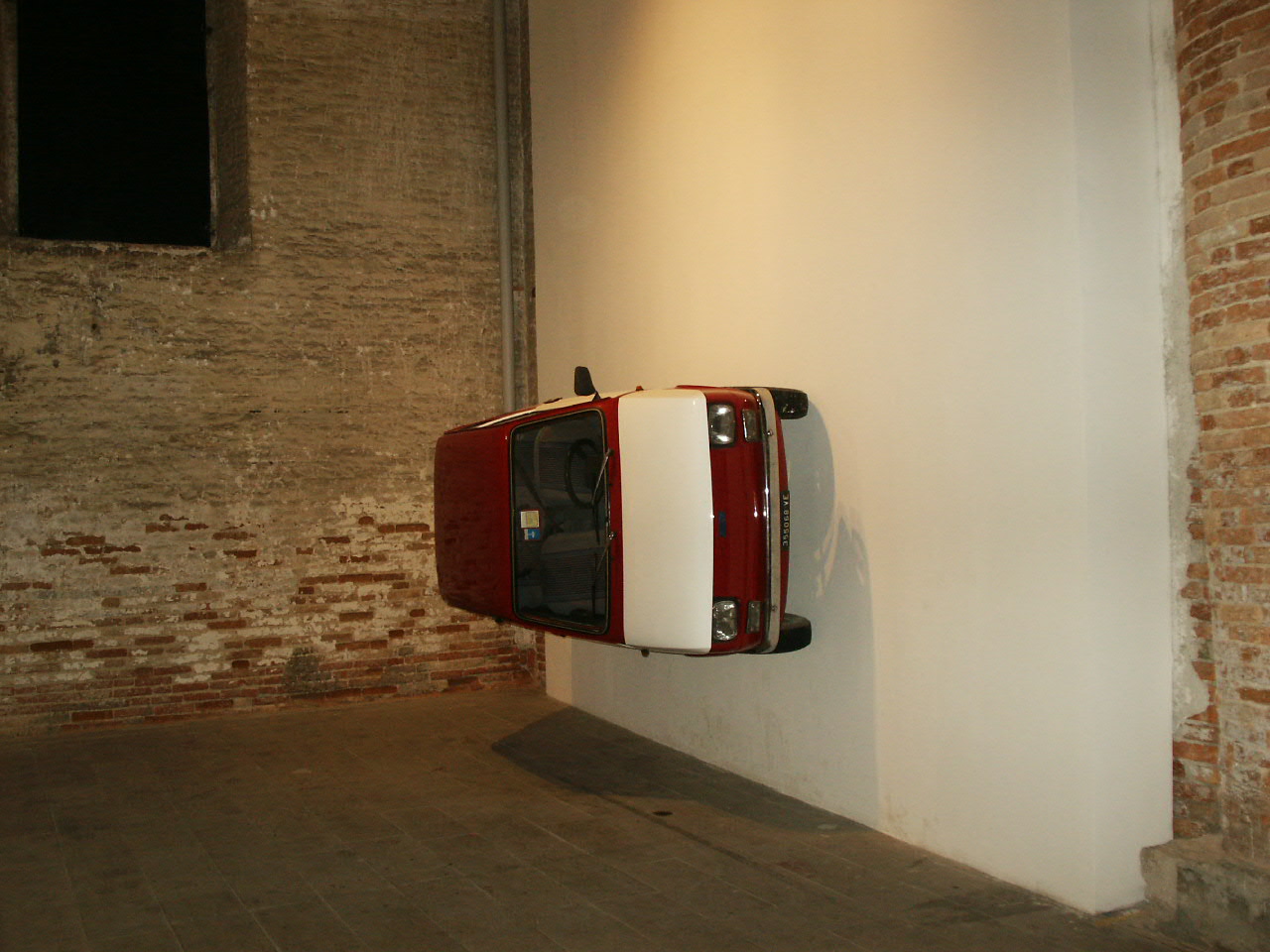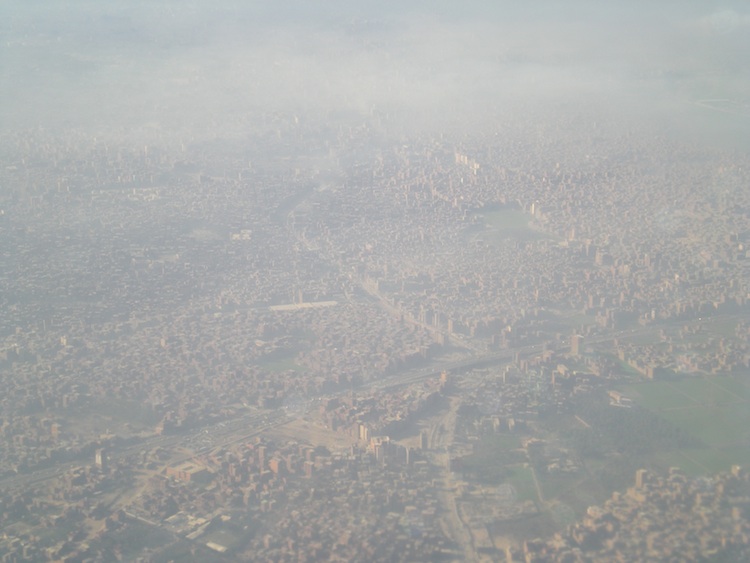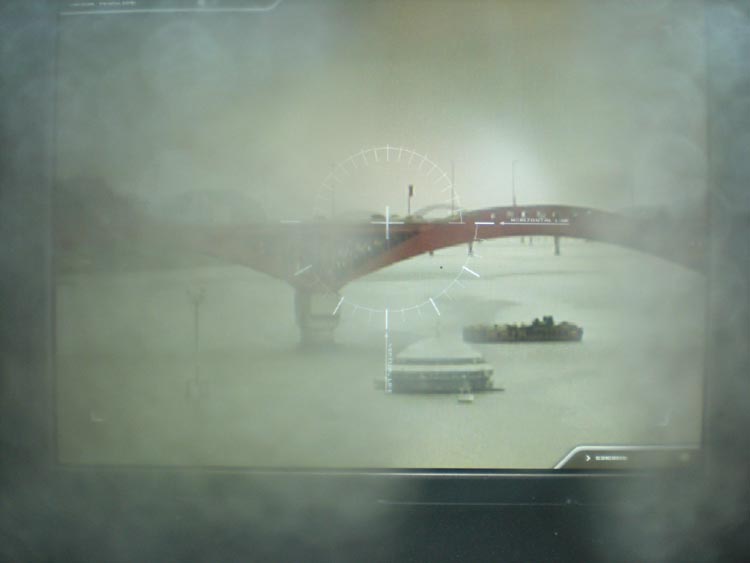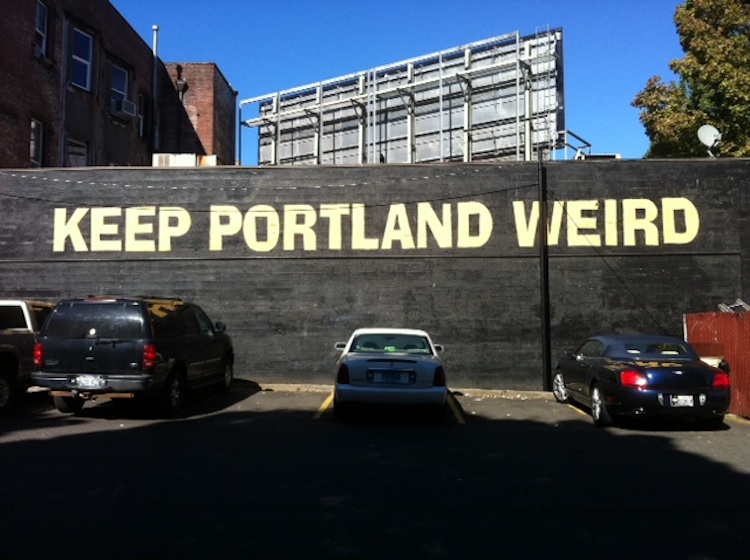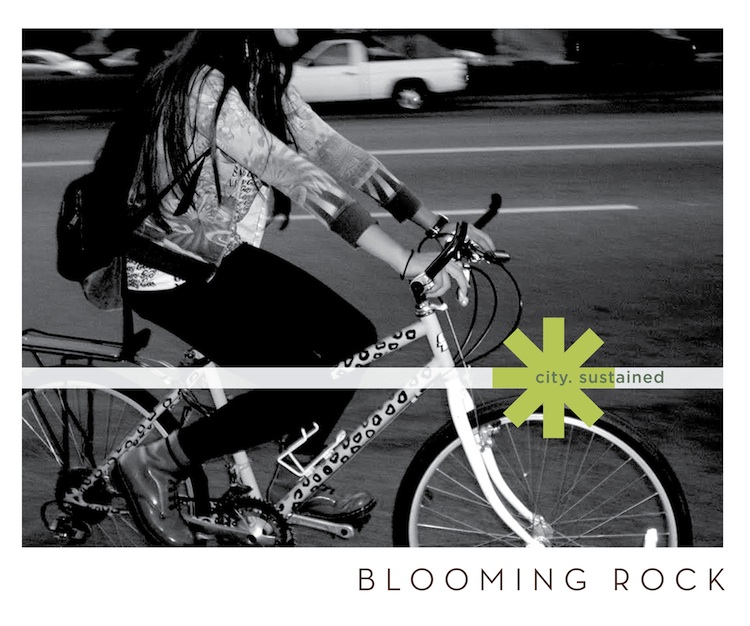Tweet Today’s post is by contributing writer Kirby Hoyt: Back in March 2012, I penned an article for this site entitled Urban Appropriation through Art. Remember that one? Right, I thought as much. Anyway, I keep thinking about the urban condition of Phoenix and how even the small things can promote positive change. Phoenix has a condition of transitory land use wherein something like 40% of the downtown is vacant offers so many possibilities for a variety of ephemeral uses. The one I propose would become a sustainable model for Phoenix. Using art as a method of tactical urbanism could…
Search Results
Tweet Today’s post is by contributing writer Kirby Hoyt: A couple weeks ago I had the pleasure of sitting in as a juror for a graduate-level design studio’s final presentation at Arizona State University. The topic of the class was landscape as infrastructure, something I have been interested for a long time. What intrigued me the most, I think, was not so much the work, but the interpretation of the concept of ‘infrastructure.’ While most people think of infrastructure as roads, bridges, utilities and the like, some of the class took the concept further to include other realms. This was…
Tweet Today’s post is by contributing writer Kirby Hoyt: If you’ve ever roamed the passages of Venice, Italy late at night (early in the morning) after several glasses of wine, you know what I’m talking about. It’s a feeling of disorientation – like being a rat in a maze hunting for cheese. In this case the cheese is your hotel. It’s dark, quiet, and you keep running into dead ends or find yourself going in circles. You cross bridges and try to find your way through the twisted narrow corridors. Yet this experience is one of the reasons we love…
Tweet Today’s post is by contributing writer Kirby Hoyt: There are a number of people writing on this blog about cities, especially our city, Phoenix. But just how do they define the term “city?” What does it mean to them? How does their city live, function and on what systems? And let’s not forget about the term “urban.” What is their definition of urban? Many of these urban theorists would like to say that cities require a certain density to be urban, or a certain F.A.R. (floor-area-ratio) i.e. tall buildings, or even certain transportation systems. But is this the case?…
Tweet You know that feeling when you fall in love? You know…your senses are heightened, food tastes better, the air feels crisper and your knees feel weak. I didn’t think I could feel this way again, especially since I am wading through the pain of the recent breakup of my marriage. But lo and behold, my heart started beating hard with joy and an ecstasy began percolating in my gut. It wasn’t for any wonderful guy that I had met though. It was for the city of Portland. I went there for a visit last week and it changed my…
Tweet Today’s post is a poem by contributing writer Kirby Hoyt: Summer burns the desert floor Heat escapes a bitumen covered landscape in the middle of the night As the urban heat island effect grips the Valley In fifty years our nights have grown hotter Twelve degrees hotter Air-conditioned boxes buzz constant through the night Just wait until October they say Sun shine is welcome here but Few trees stand to protect wandering souls A six inch curb is no relief from widened streets As automobiles exceed the speed limit hurrying to nowhere particular Endless pavement spanning miles Driving longer…
Tweet Yesterday, I gave a talk to the School of Geographic Sciences and Urban Planning Brown Bag Lunch Series. The talk is about how I went from being an architect to becoming a community developer. I thought I’d share it with you: When I was 8 years old I named my 2 goldfish Gorbechev and Reagan. I remember being an avid watcher of the news back then, shortly after my family emigrated here from Mozambique. I was mesmerized by the Iran Contra Affair, learning about places like Nicaragua and people like Oliver North and John Pointdexter. This was my first…
Tweet Today’s post is by contributing writer Kirby Hoyt: Historically, cities have been designed around their prevailing modes of transportation. When Phoenix was first conceived, there were two modes of transportation: the train (for long distance and shipping) and the horse-and-buggy (for local and hauling needs). The streets in Phoenix were designed in a grid that emanated from the railroad depot and ancillary buildings, kind of a play on the Law of the Indies. Within six years of the incorporation of Phoenix, the beginnings of an extensive streetcar system was put in place, with the first streetcar operating on six…
Tweet Today’s post is by contributing writer Kirby Hoyt: Alright Phoenix, it’s time to find out what we’re made of. The call to improve Margaret T. Hance Park into a world-class amenity has sounded. It’s up to the citizens of this community to answer that call and show the rest of the world what this city is all about. And the challenge is substantial. World-class cities spend world-class amounts of money to construct their public spaces. In order to match what other cities have done, Phoenix will have to step up to the plate and prove their determination for this…
Tweet Today’s post is by contributing writer Kirby Hoyt: What if cities were construed as automobiles are? What would that look like? What would that be like? Currently, the design, production, marketing and sales of autos and homes, at least on the surface, seem fairly similar. Each offer new designs, finish options and utility packages, financing, etc. But if you scratch the surface, you find there are major differences. For instance, an automobile company will invest considerable resources into the research and development of their vehicles. Auto manufacturers are always looking for newer and better technologies that translate into a…















